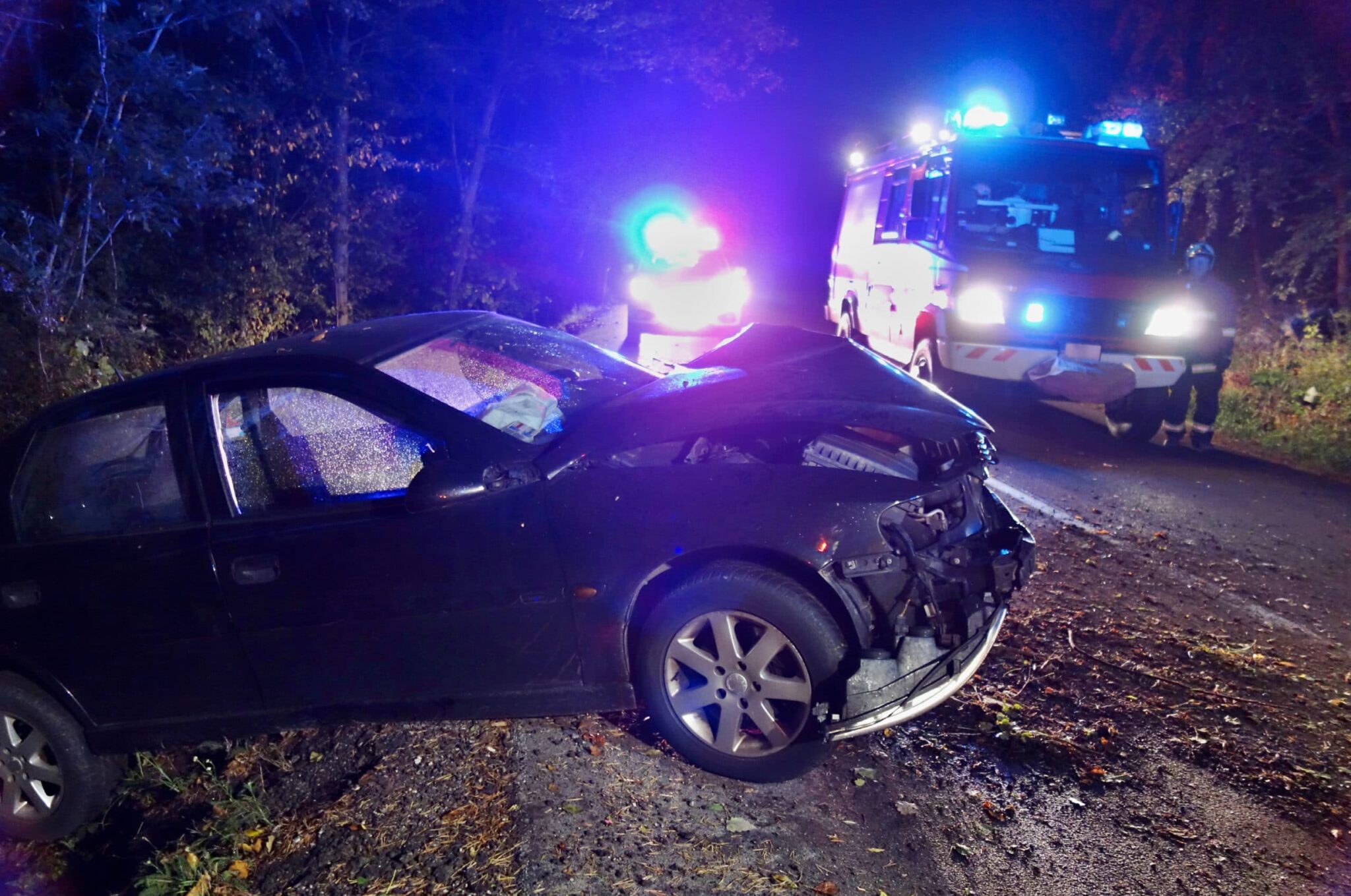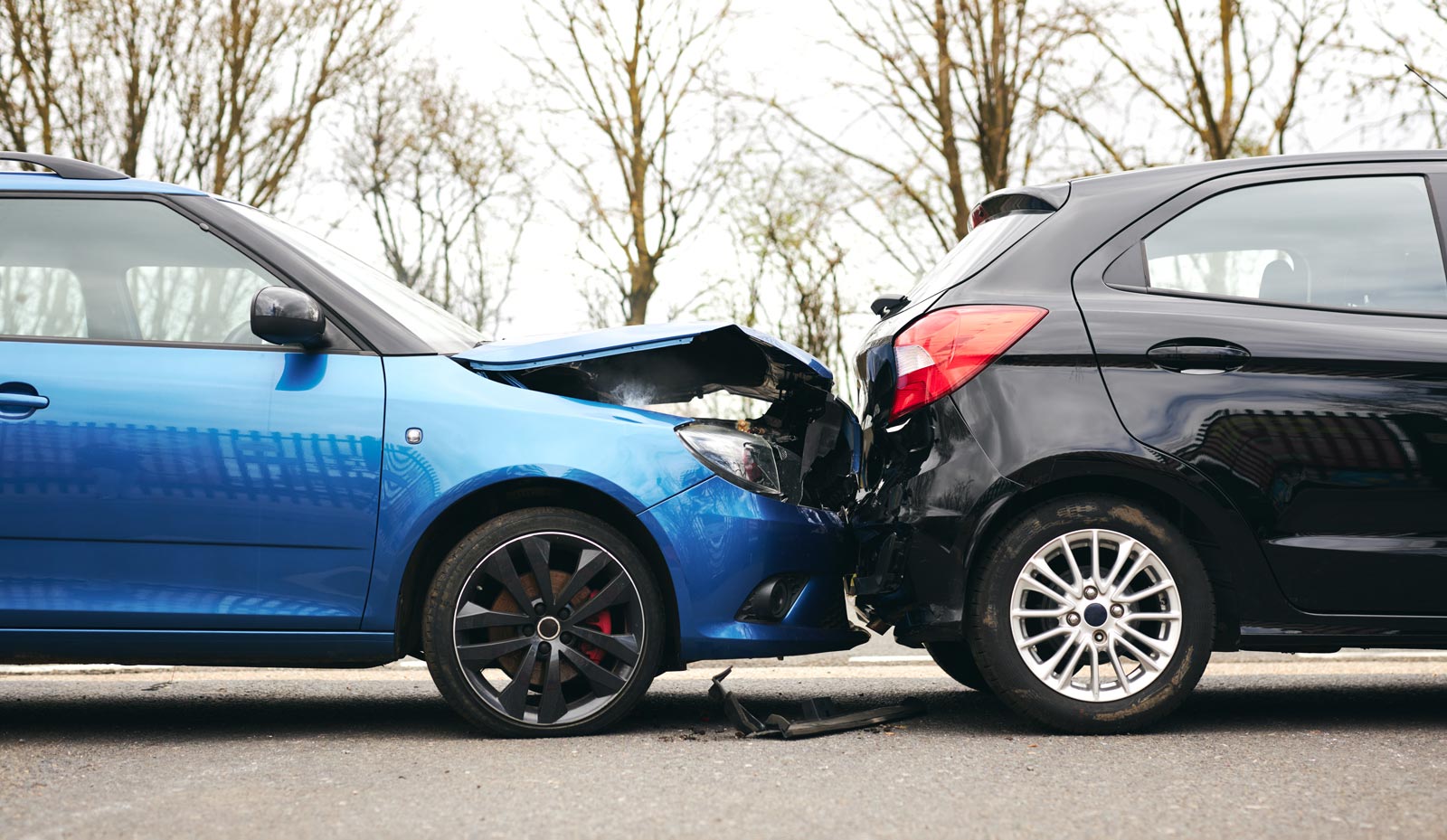Each year, the Texas Department of Transportation (TxDot) announces the number of death-free days on Texas roadways. In the department’s most recent summary, they reported that 2018 did not have a single deathless day.
Not only that, but in the 16 years that the TxDot has been publishing these Texas Crash Facts, each report has included the same message: “There were no deathless days on Texas roadways.” At least one person has died on our state’s roadways every single day for the past 16 years.
As if that wasn’t bad enough, the reports also point out that there is often more than one death each day and highlights the deadliest day each year. In 2018, this day was November 11, when traffic crashes throughout the state resulted in the deaths of 25 people.
Fatal motor vehicle accidents may be in decline, but Texas roadways are still deadly. Keep reading to learn more about the conclusions from TxDot’s 2018 report, including a breakdown of the most vulnerable road users, conclusions about the effectiveness of protective measures, and a summary of the most common crash factors.
Texas Traffic Fatalities: Vulnerable Road Users
Pedestrians
In the preliminary Texas crash data for 2018, it appeared that pedestrian fatalities had decreased from 2017. Unfortunately, the full annual report revealed that pedestrian deaths had increased slightly, from 615 to 621. Although not a drastic change, that’s still six more people who died this year. And the fact that this number has increased at all means our efforts to improve pedestrian safety aren’t working well enough.
Bicyclists
Although there are fewer bicyclist fatalities each year than pedestrian fatalities, 2018 saw bicyclist fatalities rise 26% from the previous year while pedestrian fatalities remained stable. While the exact reason for the drastic increase in the death toll remains unknown, experts have pointed to inadequate space for bikes, impassable sidewalks, long distances between designated crossways, and poor road lighting as possible factors.
Motorcyclists
The one positive note from the report was that motorcyclist fatalities decreased by around 16%. Motorcyclist fatalities have declined in recent years, and that decline has coincided with an increase in the number of riders wearing helmets and other protective gear.
Safety First: Seatbelt and Helmet Use Make a Difference
The TxDot report makes clear that safety measures make a difference in preventing roadway deaths. For example, in crashes where investigators made conclusions about seatbelt use, 76% of people who died weren’t wearing seatbelts.
Helmet use can also help prevent deaths in motorcycle crashes, but Texas does not have a universal helmet law for motorcyclists. However, just because riding without a helmet is legal doesn’t mean it’s smart. According to data from the U.S. Centers for Disease Control and the National Highway Traffic Safety Administration:
- Helmets improve the chance of surviving a crash by 63%
- Helmets reduce the risk of sustaining a head injury by 69%
- 55% of Texas fatal motorcycle crashes involve a rider not wearing a helmet
- Universal helmet use could save the lives of 102 motorcycle riders each year
Texas’ Top 10 Crash Contributing Factors
The top three crash contributing factors in Texas have remained mostly unchanged in recent years. Most people will probably guess the top two, but the others (and what’s not on the list) may surprise you.
“The TxDot report makes clear that safety measures make a difference in preventing roadway deaths. For example, in crashes where investigators made conclusions about seatbelt use, 76% of people who died weren’t wearing seatbelts.”
According to TxDot data, the top 10 factors that lead to traffic crashes are:
- Speeding (over the limit)
- Driver inattention
- Unsafe lane changes
- Failure to drive in a single lane
- Failure to yield when turning left
- Running a stop sign
- Speeding (too fast for conditions)
- Following too closely
- Taking faulty evasive action
- Failure to obey a traffic signal
Other common factors include driver fatigue as well as alcohol and drug use.
Crosley Law: Justice for Crash Victims in San Antonio
At Crosley Law, we know that traffic fatalities are more than just statistics. Every death matters, and every victim deserves justice. If you’ve lost a loved one in a Texas motor vehicle accident, contact our experienced personal injury and wrongful death attorneys today. We understand the dangers of driving in Texas and strive to help victims and their families get the justice they deserve.
To schedule your free consultation and learn about your rights and options, call us at 210-LAW-3000 | 210-529-3000 or fill out our quick online contact form.
References
Barned-Smith, J., & Beglay, D. (2018, August 11). Out of control: walking, cycling in Houston region can be risky. Houston Chronicle. Retrieved from https://www.houstonchronicle.com/news/investigations/article/Out-of-Control-Walking-cycling-in-Houston-13330465.php
Motorcycle safety. (n.d.). Centers for Disease Control and Prevention. Retrieved from https://www.cdc.gov/motorvehiclesafety/mc/index.html
National Highway Traffic Safety Administration. (2018, May). Lives and costs saved by motorcycle helmets, 2016 (DOT HS 812 518). Washington, D.C.: U.S. Department of Transportation. Retrieved from https://crashstats.nhtsa.dot.gov/Api/Public/ViewPublication/812518
Texas Department of Transportation. (2019, August). Texas motor vehicle crash statistics: Cumulative crash statistics 2003–2018. Austin, TX: Texas Department of Transportation. Retrieved from https://www.txdot.gov/government/enforcement/annual-summary.html
The content provided here is for informational purposes only and should not be construed as legal advice on any subject.









